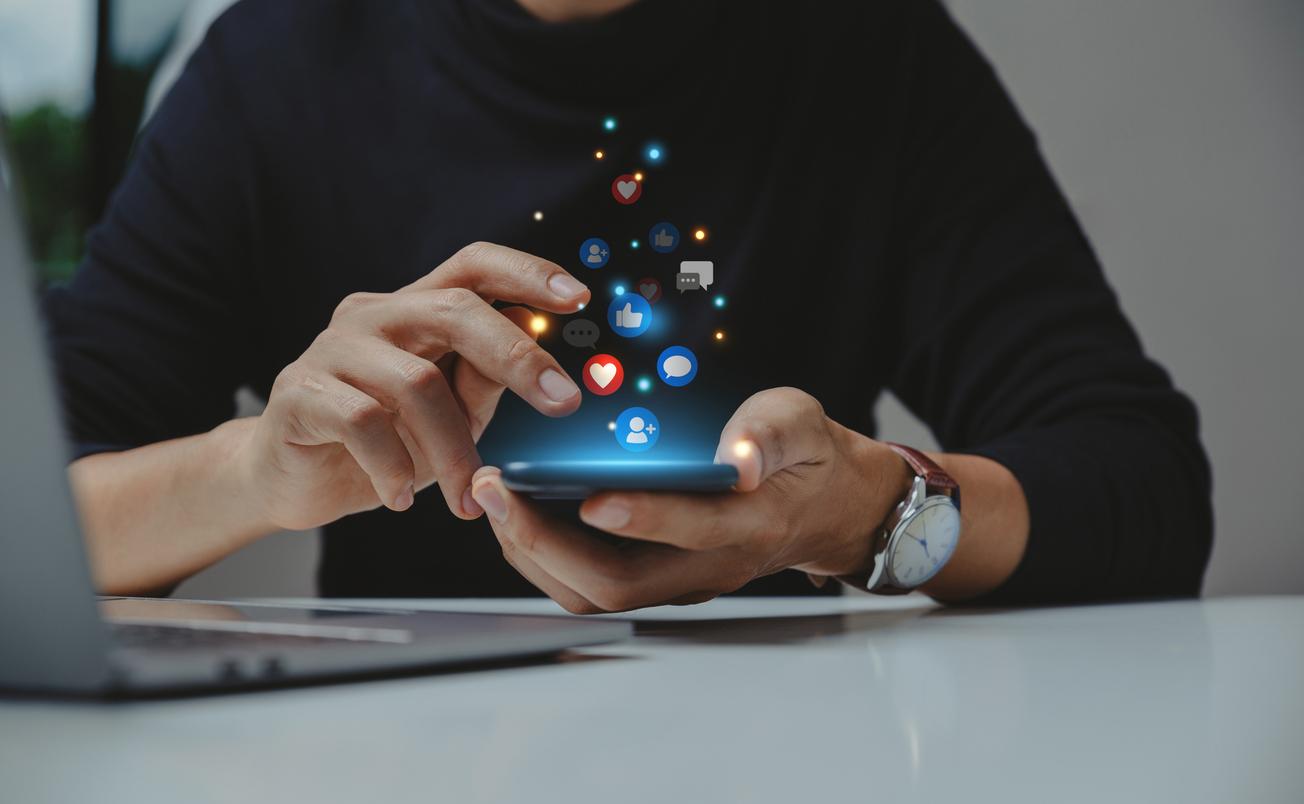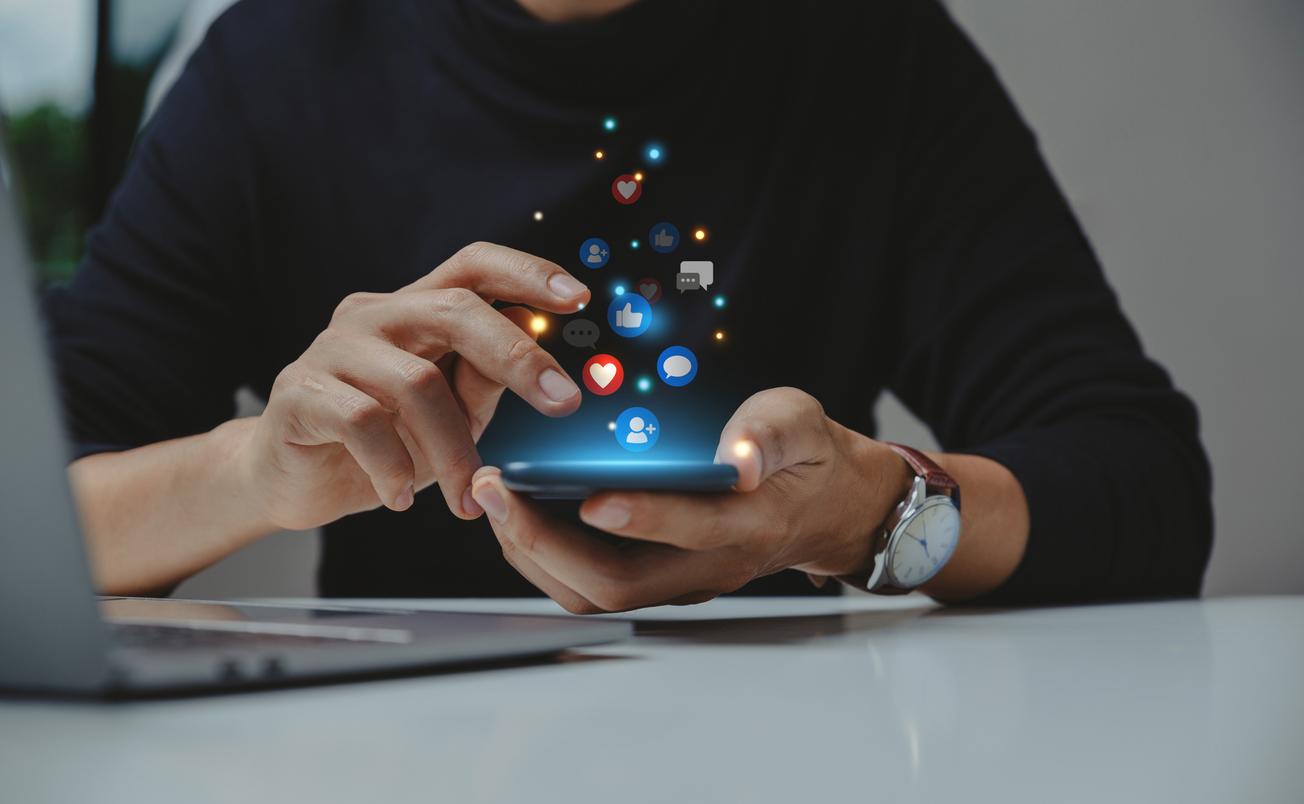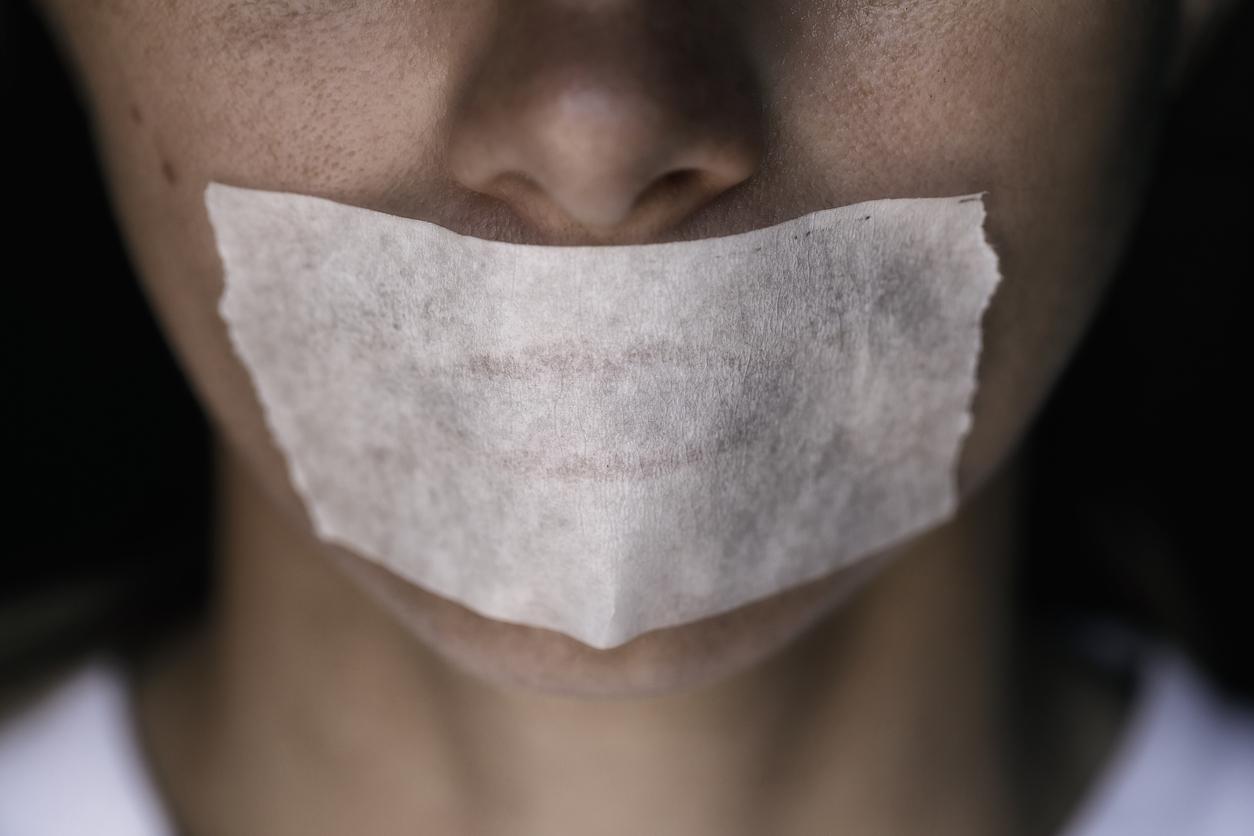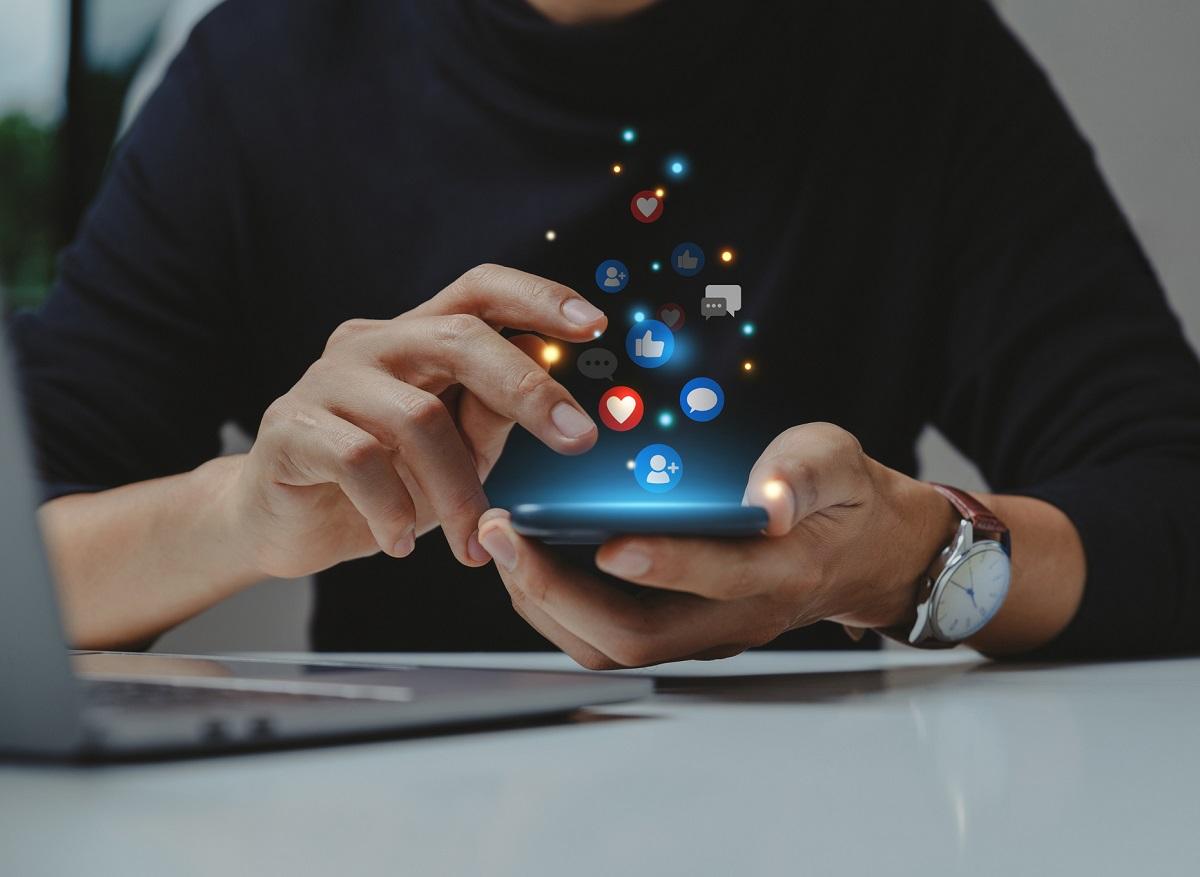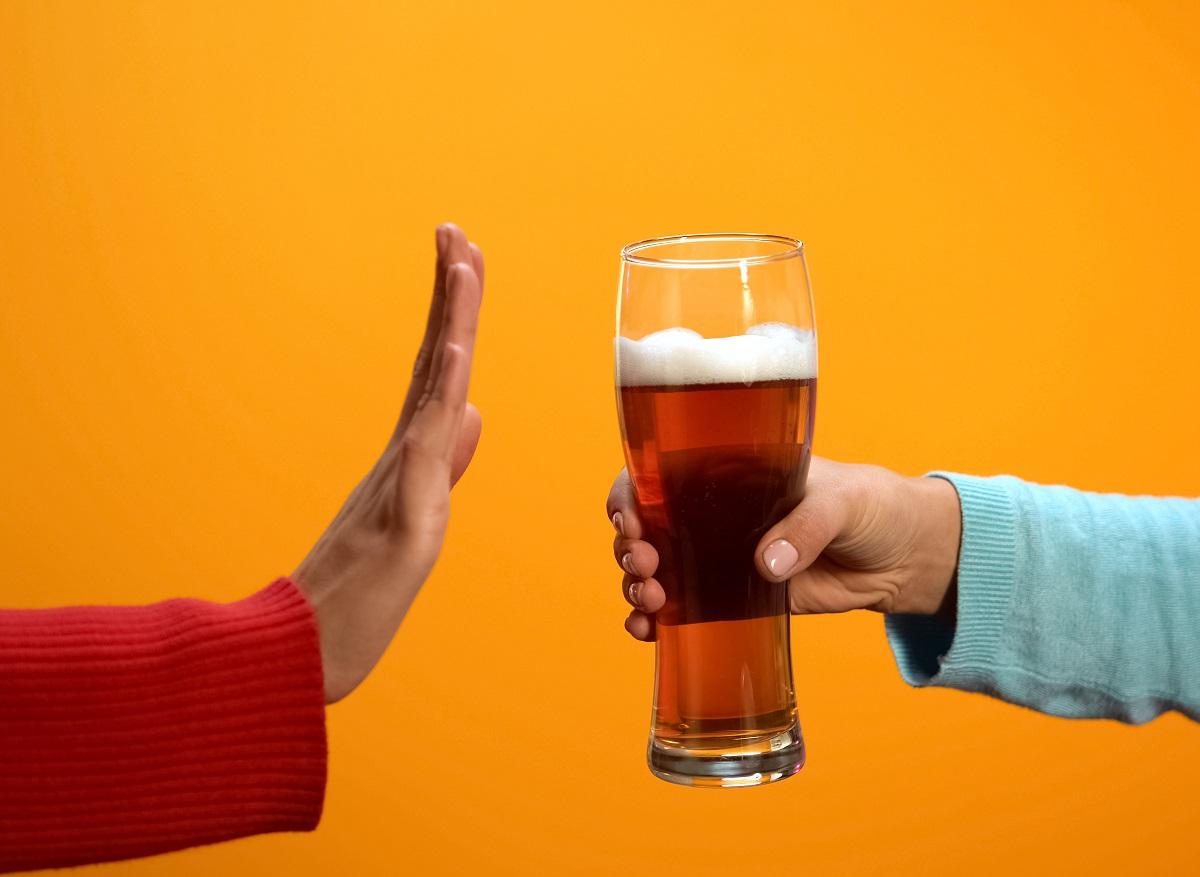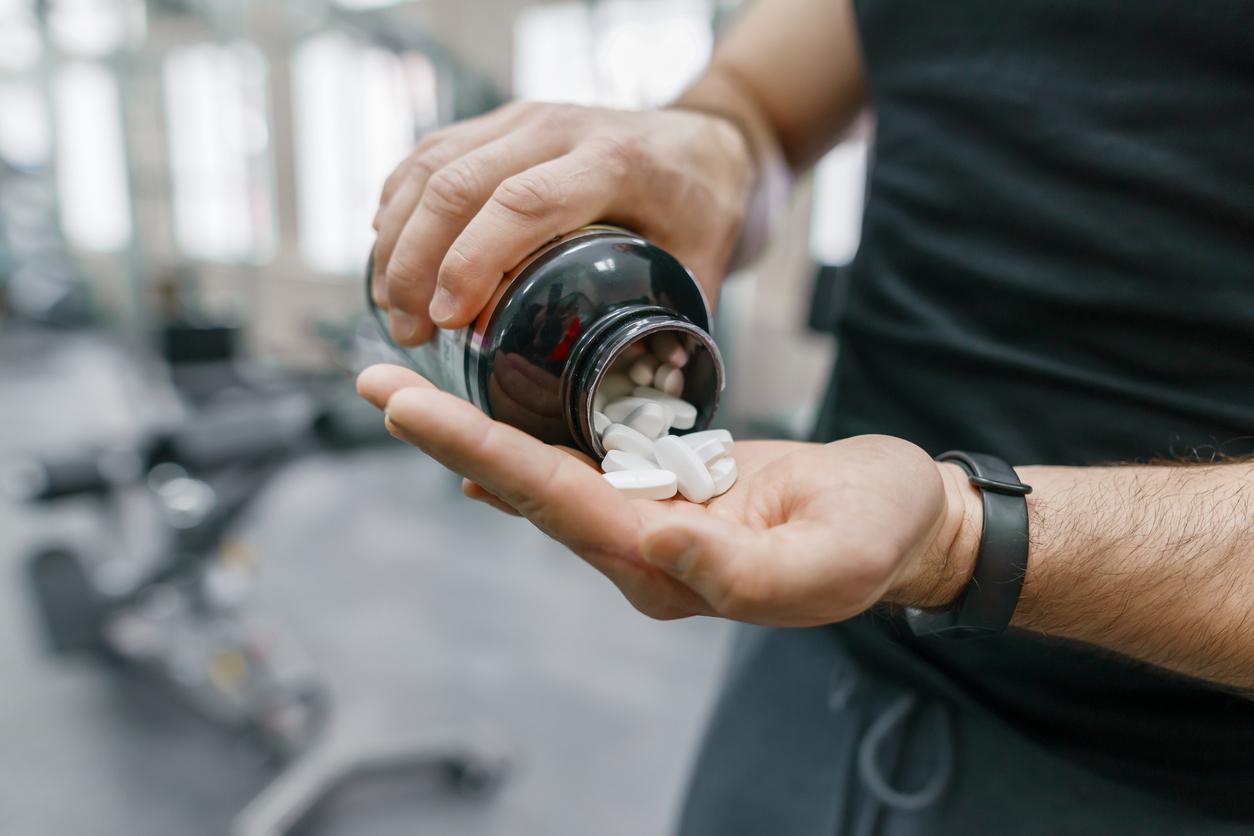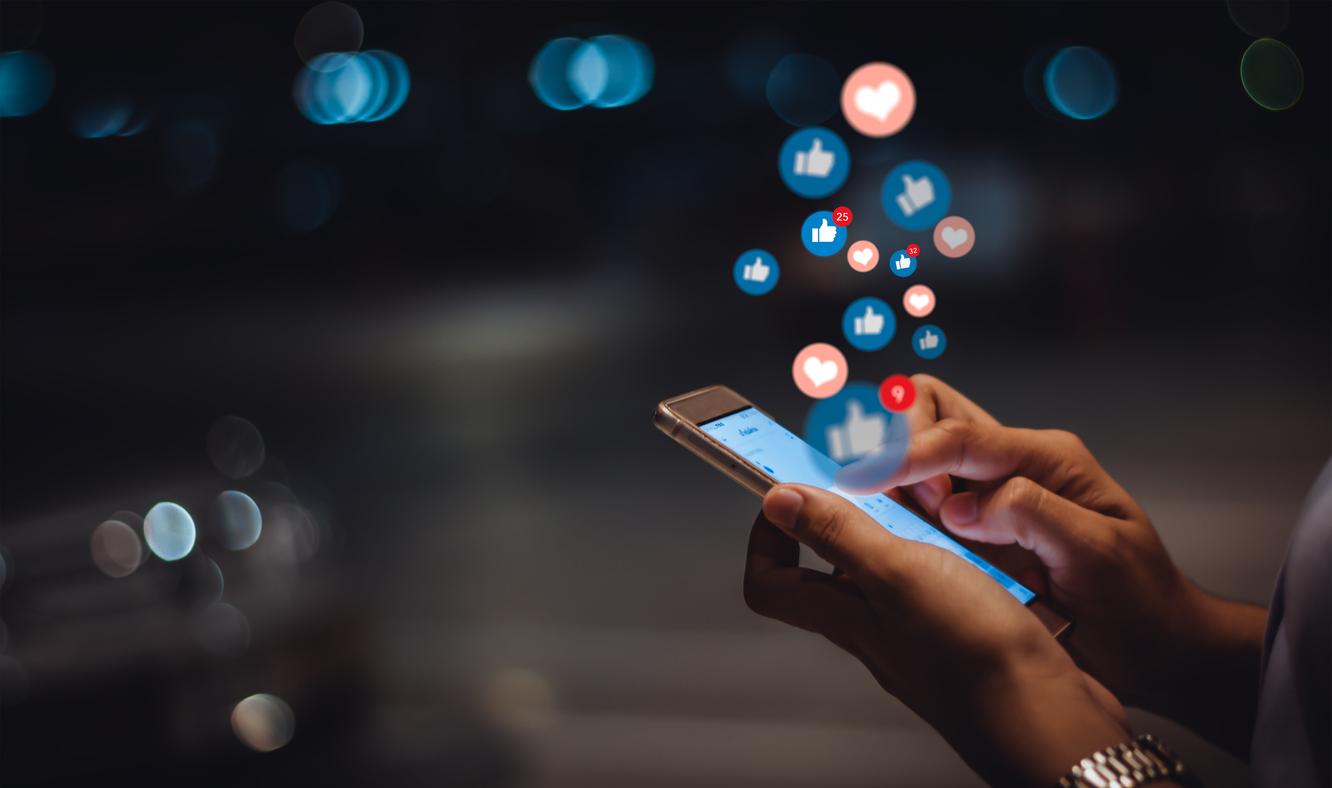SURVEY –5% of adverse drug reactions are reported. Several teams are trying to analyze the messages posted on social networks, in order to complete the surveillance.
![]()
15 successive tweets. This is what it took to chillax3000 to list the symptoms associated with taking an antidepressant. “Since I started sertraline (…) I have eaten the beginning of a packet of crisps, half a dish of pasta and a few (candies) Harlequin”, listing the twitto.
The French internet user is far from being the only one to evoke the undesirable effects of his treatment on social networks. Every day, thousands of tweets are exchanged about it. Faced with this wave, the 50,000 annual reports are pale. The French surveillance system – set up by the public authorities – is nevertheless recognized internationally. It is particularly well structured (see the rest of our survey).
In the regions, pharmacovigilance centers (CRPV) are responsible for collecting complaints and investigating them. Then the experts feed the information back to the national level, in the form of a report. But it is still necessary to obtain this precious information.
Thousands of tweets per hour
In France, only 5 to 6% of the side effects experienced are reported to the pharmacovigilance centers. “As the signals are very weak, we know that the side effects are underestimated”, summarizes Patrick Ruch, group leader at the Swiss Institute of Bioinformatics. This university foundation coordinates research in bioinformatics on the other side of the Alps. This is where social networks come in. The majority of Internet users are active on Facebook, Twitter and other forums. And they talk about their health.
So, several teams rolled up their sleeves to sift through the content of these numerous exchanges. “From a societal point of view, social networks have become important,” confirms Cédric Bousquet, pharmacist at the CHU of Saint-Etienne (Loire). We cannot ignore this source of information. »The hospital practitioner coordinates the Vigi4MED project. Funded by the National Medicines Safety Agency (ANSM), it assesses the value of analyzing messages posted online.
The mass of data obtained is the main argument in favor of this use of social networks. “By working on a dictionary of thousands of drugs, we obtain tens of thousands of tweets per day ”, figures Patrick Ruch.
Testimonials differ
Filtering work is therefore necessary. For the antidepressant duloxetine alone, the Vigi4MED team reviewed 1,000 messages. 200 concerned a possible adverse effect. Considering the number, the risk of identifying false statements is very low.
“We are evolving in the big data, recalls Stéphane Schück, president of the start-up Kappa Santé, specializing in the exploitation of social networks. To distort analyzes, we would have to intentionally send thousands of messages per hour. “
Patrick Ruch, bioinformatician: ” The keywords are used to obtain the data. Only a fraction of the tweets relate to the report. Successive filters are applied using medical dictionaries. “
Online testimonials are plentiful, and their content is also far removed from that of an adverse reaction report. But above all complementary. The CRPV of the PACA-Corsica region took an interest in case of statins. Of the 96 messages reviewed, the majority relate to non-serious side effects, such as musculoskeletal or nervous system disorders.
Daily handicaps
These mild symptoms are precisely not retained by the CRPVs, which mainly carry out warning work. “Sometimes elements which are not serious still represent a handicap in daily life, which should challenge us”, recognizes Joëlle Micallef, who works at the PACA-Corsica pharmacovigilance center. From this perspective, social networks are a valuable ally.
This support is all the more estimable as the web is reactive, unlike the classic system. “In theory, social networks provide information that is immediately available. We could therefore use it more quickly, ”summarizes Cédric Bousquet.
The theory has been confirmed in practice by the start-up Kap Code. Its professional software Detec’t is based on the analysis of messages posted on the web. “The signals collected on social networks are 24 months ahead of institutional databases,” says Stéphane Schück, president of Kap Code.
Stéphane Schück, President Kap Code: ” Social networks are responsive, without social desirability bias. But on the forums, we say more things. This testimony is interesting. “
Real-life analysis
Another interesting aspect: the distribution of signals differs widely from official databases. The region’s CRPV Midi-Pyrenees compared the symptoms associated with taking oral cancer drugs. Online, musculoskeletal disorders are four times more often reported than in the national database. Conversely, skin disorders are less so.
Thus, once analyzed, these messages posted online refine our knowledge of side effects and their frequency. “We are able to find effects reported during clinical trials and to refine the probability that they occur”, explains Patrick Ruch. No wonder that.
The tests are carried out on a predominantly male population in good health. The estimates are therefore different in real life. “Sometimes, we pick up new signals, but it’s relatively rare,” said the bioinformatician. In fact, in the targeted evaluation on anticancer drugs, only 16% of the effects were not mentioned in the SPCs.
Patrick ruch : ” Any tool that goes to 10% detection is an improvement. Then, as the signals are very weak, the undesirable effects are underestimated.. “
Two complementary approaches
However, there is no question of making social networks a primary alert or detection tool. And for a very simple reason: identifying an undesirable effect requires looking for it. The mass of data cannot be processed in one block, at random. “Without directed research, we do not have the tools for automatic analysis,” confirms Joëlle Micallef.
It must be said that the work is titanic. The US Food and Drug Administration (FDA) gave it a go … and had to sift through 6.9 million posts to get 4,401 tweets reporting an adverse reaction. Impossible to perform routinely.
Joëlle Micallef, CRPV PACA-Corse: ” The main difficulty is to recover the tools and manage the volume. Analysis tools exist, but medical expertise is needed. “
The signals identified are, moreover, of poor quality compared to the requirements of traditional pharmacovigilance, which require in-depth investigation. “The cases reported by health professionals are generally better documented than on social networks”, abounds Cédric Bousquet.
The results of the Vigi4MED project bear witness to these limits. Only 7% of messages on duloxetine mention the patient’s age, and less than half their gender. Even less information is available on the impact of stopping treatment or the time it takes for symptoms to appear.
The interest of laboratories and health authorities
“We have signals of varying quality, concedes Patrick Ruch,” but the quantity is such that the usefulness is real. Useful, certainly, but they will not go beyond a simple observation. “We will not be able to make a causal link because we cannot return to the people, ask them the necessary questions, explains Stéphane Schück. It’s a kind of halo that lights up a specific place. “
As vague as it is, this ray of light attracts the attention of several customers. Some devices are already operational and marketed (see the rest of our survey). Pharmaceutical laboratories, health authorities, specialized communication agencies… The target audience is large.
Some have already embarked on the exploitation of online testimonials. In fact, each year, 18,000 deaths and 140,000 hospitalizations are attributed to adverse drug reactions. The Sanofi laboratory, for example, has launched a pilot project using the Kappa Santé tool. Monitored are glargine – an insulin, zolpidem – a hypnotic – and teriflunomide – a treatment for multiple sclerosis.
The health authorities themselves have understood the interest of this emerging sector. In 2016, the European Medicines Agency (EMA) launched a reflection. A European project, named Web-RADR, was funded by this agency, the World Health Organization and half of private funds. Enough to further improve the surveillance of the drug market on the continent.
.







